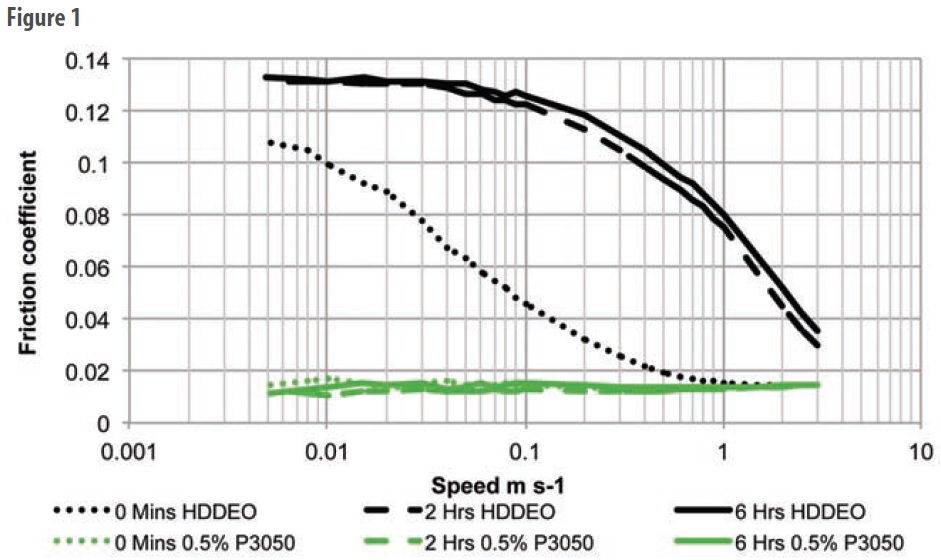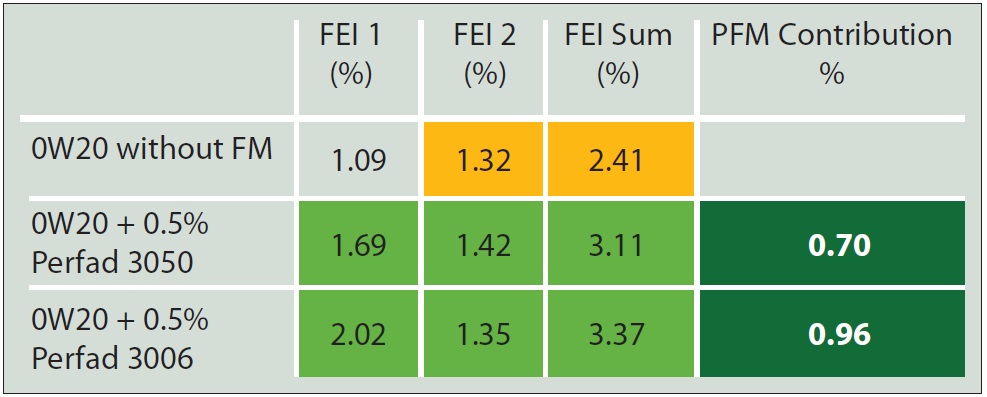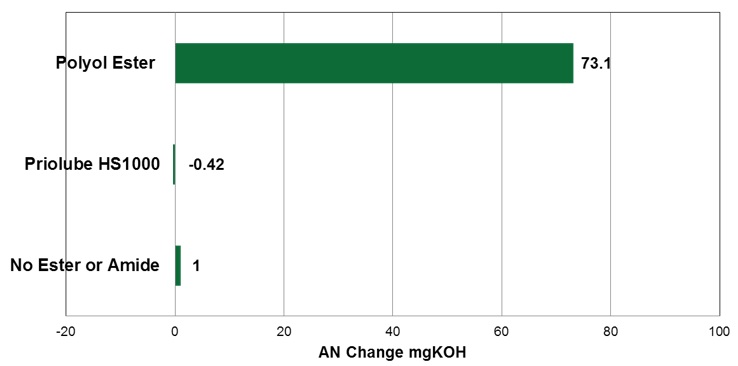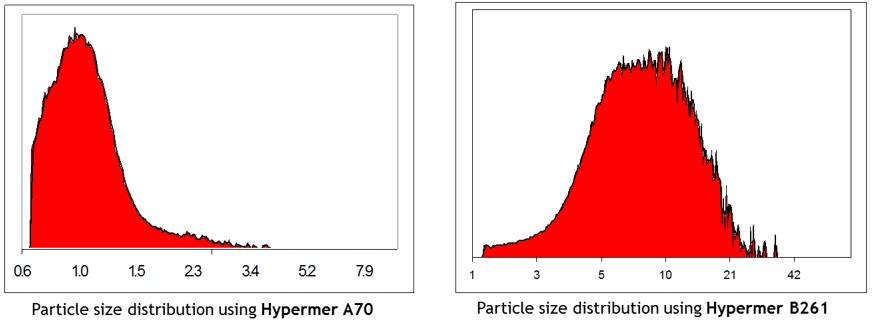Croda Lubricants
Croda Lubricants Technology Overview
By Scott Davis, Sales Manager-Energy Technologies, Croda Inc., Scott.Davis@croda.com | TLT CMF Plus November 2017
The ultimate goal of the Croda Lubricants business is to offer our customers innovative solutions to help them meet their current needs. These needs are often dictated by government regulations and industry specifications. Many of the current market drivers for the lubricants business are related to sustainability and the environment. Lubricant marketers seek to offer products that increase fuel economy to meet the increasing CAFÉ standards in the U.S. Lubricants that reduce emissions remain a focus in Europe. Regulations like the EPA Vessel General Permit call for biodegradable lubricants. The Croda Lubricants product line has a strong focus on sustainability which makes us well positioned to meet many of our customers’ current needs in this area.
Croda has expertise in many areas of lubrication including synthetic base oils, lubricity additives, friction modifiers, emulsifiers, corrosion inhibitors, extreme pressure / antiwear additives, and demulsifiers. Our products targeted for the lubricants market include:
•
Esters
We offer one of the broadest synthetic ester portfolios including petrochemical and vegetable derived synthetic esters. The Priolube™ ester range includes di-esters, polyol esters, and complex esters that cover a large range of viscosities and other physical properties.
•
Polyalkylene Glycols
Croda produces both water soluble and water insoluble polyalkylene glycols. In the near future, we will have the ability to make water soluble PAGs using biobased ethylene oxide.
•
Liquid Amides
We recently introduced a next generation group V liquid amide base oil which will be discussed in more detail in the
Croda Technology in Practice portion of this article.
•
Thickeners
Croda offers high viscosity polymeric or complex esters that function as thickeners and lubricity additives. We produce high viscosity polyalkylene glycols that function as thickeners in aqueous lubricants.
•
Organic Friction Modifiers
Croda’s friction modifier line includes partial esters and amides. We also offer novel polymeric friction modifiers that significantly outperform traditional friction modifier chemistries.
•
Emulsifiers
Emulsification is a core product range for Croda. We have a broad array of non-ionic emulsifier technologies and high performing polymeric emulsifiers for applications such as metalworking and rolling oils. Croda has a range of corrosion inhibitors that include fatty acids, sarcosinates, imadizolines, and other technologies. Crodasinic™ O is a rare HX1 approved corrosion inhibitor. It is oil soluble and can be made water soluble when neutralized.
CRODA TECHNOLOGY IN PRACTICE:
Organic Friction Modifiers
Croda has developed a new range of organic friction modifiers based on polymer chemistry that exhibit unprecedented performance. We designed a relatively large molecule which is 20 – 100 times larger than traditional oleic acid based friction modifiers. Traditional oleic acid based friction modifiers utilize a single anchoring point. The Perfad™ 3000 series polymeric friction modifiers produce stronger adsorbed, low friction films on the metal surface as a result of multiple anchoring points.

The Stribeck friction curves in
Figure 1 show the initial friction profile of a low SAPs heavy duty diesel engine oil (black dotted line). Friction increases after 2 hours (black dashed line) and 6 hours (black solid line) due to the development of a high friction antiwear film. The green dashed and solid lines show the friction profile of the same HDDEO top treated with 0.5% Perfad™ 3050. Friction is virtually eliminated even in the boundary and mixed regimes.
Through use of a 3D optical profilometer, we can measure the wear volume of the ball and disc used in our MTM tests. In a mixed sliding / rolling contact setup, a 0.5% top treat of Perfad™ 3000 series polymeric friction modifiers reduced wear on the MTM disc by around 70% compared to the HDDEO without the friction modifier top treat. When using a pure sliding contact MTM setup, the Perfad™ 3000 series polymeric friction modifiers reduced ball wear by as much as 70% compared to the HDDEO that did not have a friction modifier top treat.
The Perfad™ 3000 series polymeric friction modifiers show significant contribution to fuel economy in the Sequence VIE engine test. The Sequence VIE will be used in the new GF-6A engine oil specification. A non-optimized PCEO top treated with Perfad™ 3050 saw an improved FEI Sum result of 3.11% up from 2.41%. The same PCEO top treated with Perfad™ 3006 achieved even further improvement with a 3.37% FEI Sum result. Even better results are feasible with treat rate and additive package compatibility optimization.
 NEW GROUP V BASE OIL / CO-BASE OIL
NEW GROUP V BASE OIL / CO-BASE OIL
Croda recently developed Priolube™ HS1000, a new group V base oil based on liquid amide technology. Our objective was to develop a base oil that offers performance similar or better than esters, but with improved hydrolytic stability. In addition to the outstanding hydrolytic stability of Priolube™ HS1000, it also provides improved detergency and additive solubility versus traditional lubricant ester base oils.
Priolube™ HS1000 has a viscosity of 4 cSt@100C and has a -63C pour point.
The outstanding hydrolytic stability was demonstrated in an extended 240 hour ASTM D2619 test. An industrial gear oil using a saturated ester at 10% had a 75.1 acid number increase in the D2619 test. When Priolube™ HS1000 was substituted for the ester co-base oil, there was no acid number increase after 240 hours.

Additive solubility was tested in the same industrial gear oil formulation. When the ester content was reduced from 10% to 5%, the formulation became hazy. By comparison, a clear stable formulation was achieved with a treat rate of only 5% Priolube™ HS1000.
The outstanding hydrolytic stability, detergency and additive solubility of Priolube™ HS1000 offers formulators a new base oil to help achieve premium performance in demanding formulations.
ENVIRONMENTALLY ACCEPTABLE BASE FLUIDS
Croda is a global leader in the application of environmentally acceptable lubricants. We offer a broad range of products ranging in viscosity from 10 – 1000 cSt@40C. Priolube™ 2089 is a unique product which has outstanding low temperature flow properties. The chemical structure of this ester allows it to maintain a low viscosity even when subjected to long periods of low temperatures. Priolube™ 2089 is also suitable for use in off-shore applications due to its high biodegradability and low toxicity towards marine organisms. Croda’s environmentally acceptable base fluids are used in a wide range of applications, including products compliant with the European EcoLabel schemes and the US EPA Vessel General Permit.
SELF-EMULSIFYING ESTERS
Croda offers a range of multifunctional products which offer both emulsification and lubricity properties in one molecule. Croda’s Self-emulsifying Esters (SEEs), Priolube™ 3952, 3953, and 3955, are offered in a range of HLBs. The SEEs are partially ethoxylated to provide emulsification. They are partially esterified to provide lubricity. An acid function remains which acts as an anionic surfactant giving good waste treatability. The branched, naturally derived polymer backbone provides great biostability without biocide. The SEEs provide excellent cutting performance on ferrous metal and best in class cutting performance on aluminum. The SEEs are designed for use in synthetic and semi-synthetic metalworking fluids.
POLYMERIC SURFACTANTS
Emulsions based on conventional surfactants do not exhibit good stability, particularly under high shear mixing. Shear induced coalescence and droplet comminution cause the particle size distribution to flatten in a short period of time. Eventually coalesced oil starts to separate. As large particles float to the surface, emulsion oil content is reduced leading to poor lubricity and poor surface quality. Hypermer™ polymeric surfactants make stable emulsions, even under high shear conditions. Hypermer™ polymeric surfactants have several times more hydrophobes and hydrophiles per molecule than conventional surfactants. The total energy of interaction at the oil water interface is much higher so it is much more difficult for the surfactant to be desorbed. Hypermer™ polymer surfactants maintain a consistently tight particle size distribution leading to superior lubricity and surface finish. By forming stable emulsions, Hypermer polymeric surfactants can also improve the tramp oil rejection properties of metalworking formulations.
 BIOBASED SURFACTANTS AND PAGs
BIOBASED SURFACTANTS AND PAGs
Construction of a plant to make bio-based ethylene oxide at Croda’s Atlas Point, Delaware facility is nearly complete. Biobased ethylene oxide means that ethoxylation can now increase the renewable content of materials. Polyalkylene glycols (PAGs) and surfactants produced with biobased ethylene oxide are equivalent in performance to their petrochemical analogs. Formulators now have an option to use Croda surfactants and PAGs to help meet the renewability content required for a growing number of certifications such as the EcoLabel regulations and USDA BioPreferred.
Croda has a large portfolio of products to help address many of the challenges that lubricant formulators face today. As new challenges in the lubricants market develop in the future, Croda Lubricants will continue to work with customers to develop solutions to address these challenges. To learn more about our products, please visit us at
www.crodalubricants.com.